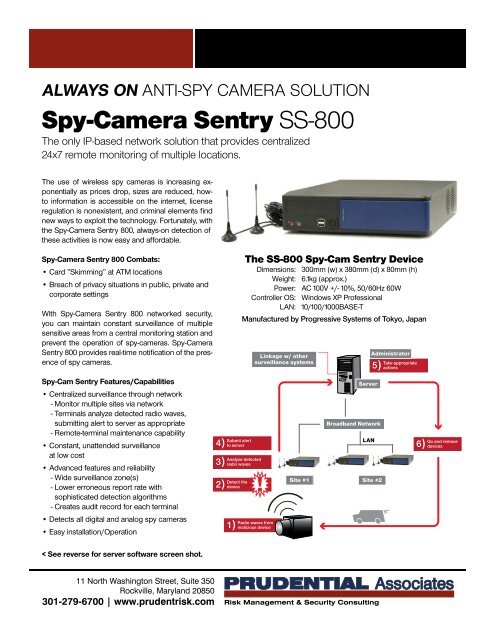

Unfortunately, the only way to truly prevent government agents from monitoring your digital usage is to switch to encrypted platforms for communication. Some of the best virtual private networks can work in areas of the world where internet censorship is common, but you can also use Tor to bypass restrictions and protect your privacy instead. Protecting against this kind of computer monitoring online can be difficult, but it isn’t impossible. From the options, select Open Sound settings. To do this, right-click the sound icon in the quick access area of the task bar.Microphone usage is trickier to spot, but you can check what sounds a microphone is detecting in the Sound settings menu. Most built-in and external webcams display a light (usually a green or white LED) to show that a webcam is active.

If this is happening, you’ll need to try and spot the signs.
#Lan spy monitor Pc
Everything you type, say, or do on your PC could be recorded and examined later. Where possible, apps like these can (and may) monitor your webcam and monitor usage, or record all active keypresses you make.
#Lan spy monitor software
PC monitoring software isn’t just about recording your web usage-it can prove to be a lot more personal. Spotting Keyboard, Webcam, and Microphone Logging For instance, if you spot a process that you don’t recognize with a number of active connections, sending and receiving a lot of data, or using an uncommon port (typically a 5-digit number), use a search engine to research it further. You may need to research some of the processes listed here to identify possible apps. 10.0.0.1 to 10.255.255.255 or 192.168.0.1 to 192.168.255.255) means data is being shared over your network, but connections to other ranges points to an internet-based administration server.
#Lan spy monitor windows
This little-known Windows app allows you to view any active communications, both ingoing and outgoing, from your PC. One way to do this is to use the built-in Resource Monitor. To do this, you’ll need to look at the active network connections on your PC. This could be locally (on your own network) or to an internet-based server. Most logging software usually works by recording data locally and sending it to a server or administrator elsewhere. In certain settings (such as a school environment), you may not have permission to open the Task Manager to look in the first place. The process manager is a good way to check for active monitoring software, but this only works if the software is currently active. As long as you’re logged in, another user shouldn’t be able to view or control your PC. The good news is that RDP connections typically only allow one person to view a screen at the same time. Windows also has its own remote desktop service, allowing other Windows PCs to view and control your PC. These screen sharing apps allow a remote user to take control of your PC, giving them the ability to open apps, perform tasks, record your screen usage, and more. You should also look for common remote desktop connection software, such as VNC, LogMeIn, or TeamViewer. To open the task manager, right-click the Start menu and select the Task Manager option.There is where you’ll find a list of all the running software on your PC. If you suspect there’s software on your Windows PC that’s recording your activity, you might want to check your list of running processes first using Task Manager. There isn’t always a handy icon in the Windows taskbar to look for, so you’ll need to dig a little deeper. Looking for the signs that you’re being monitored, however, can be a little harder. Almost everything you do on your PC is loggable with the right software. Checking for Monitoring SoftwareĪ more typical method of digital monitoring is through software installed on your PC, tracking your web activity, the software you use, and even your microphone, webcam, and keyboard usage. Monitoring the email headers, you may be able to spot if a proxy server is used using the Received or X-Forwarded-For headers. Unfortunately, the only way to test this (without administrator access yourself) is to send and receive emails between a personal account and an account you suspect is monitored. This is set up when your account mailbox is added to Outlook which, for corporate devices, is likely configured for you automatically. It’s also possible that your Outlook mailbox settings are designed to route through an email server over a specific proxy.


 0 kommentar(er)
0 kommentar(er)
